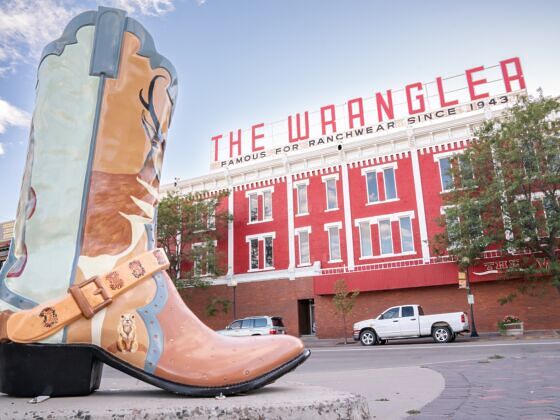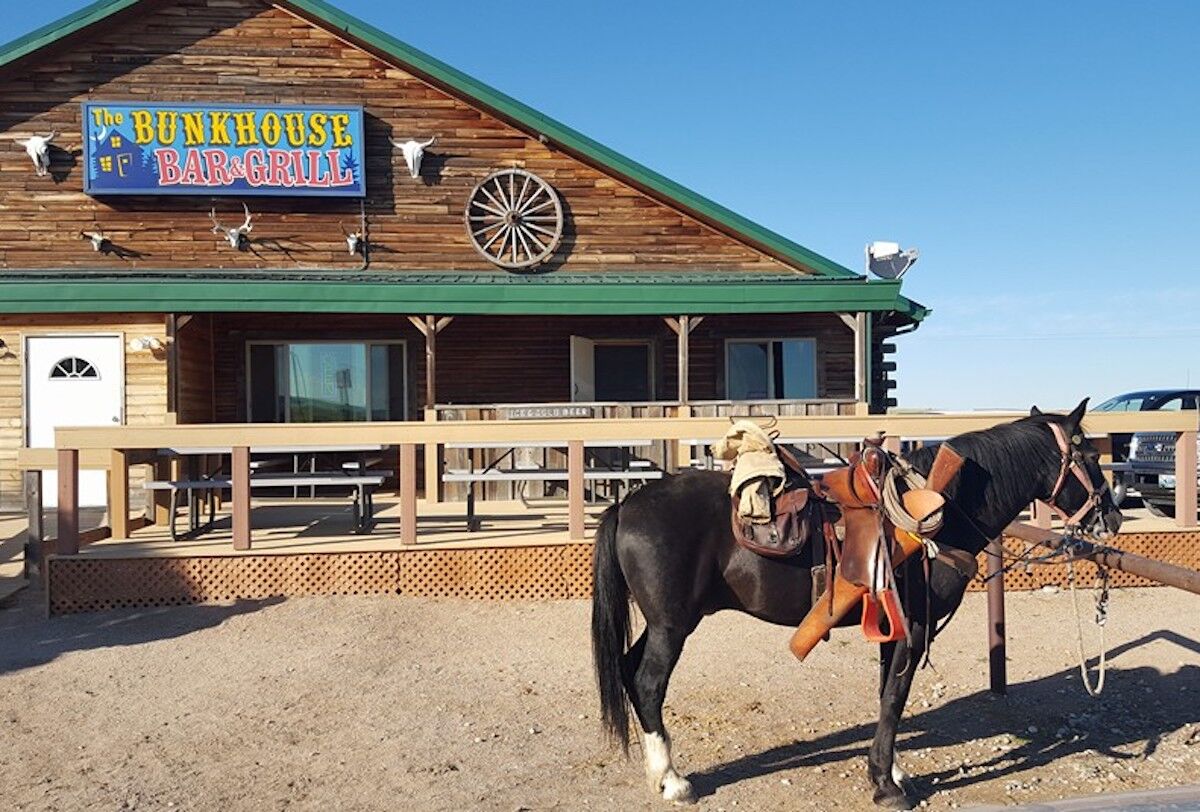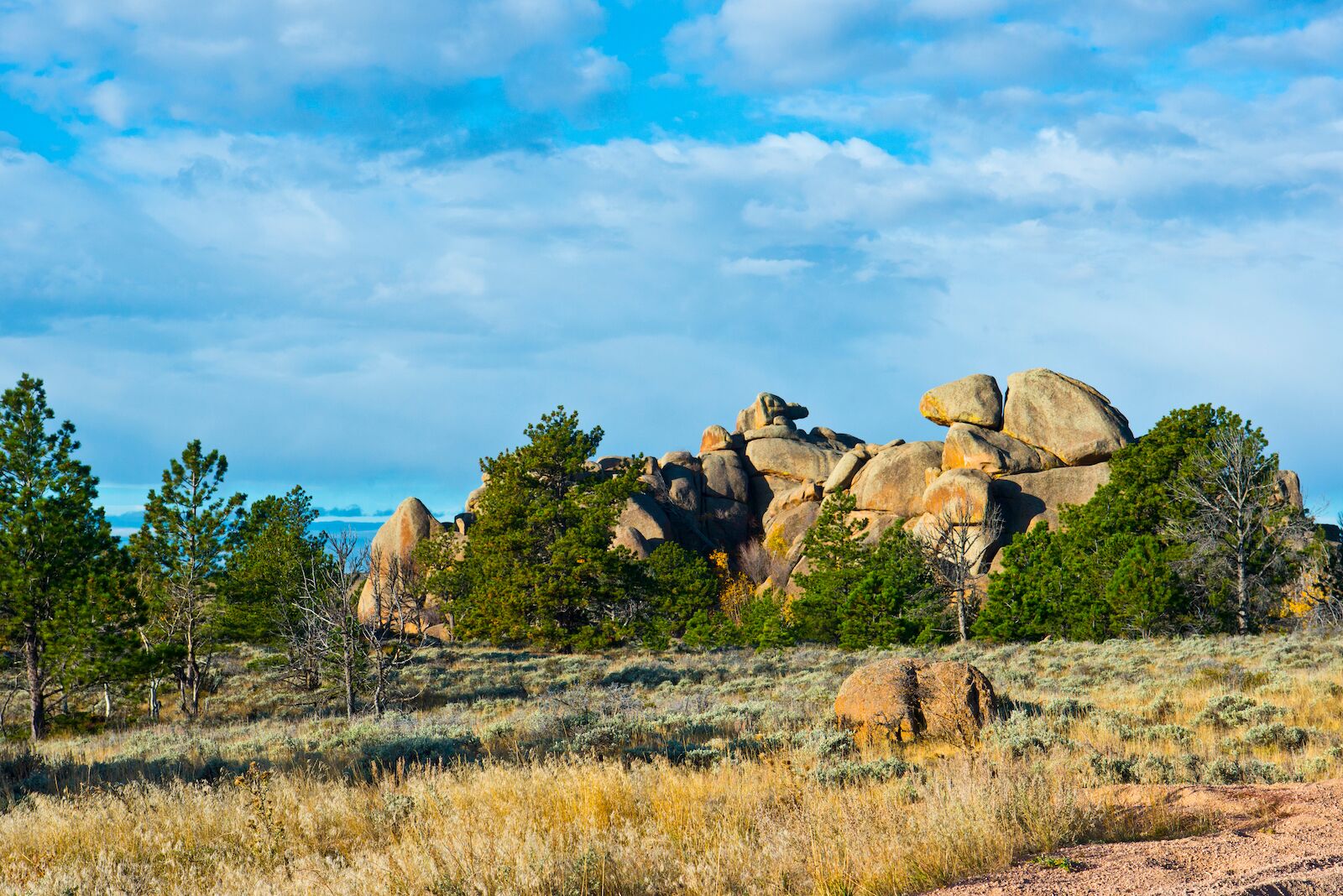The biggest retail shop in downtown Cheyenne, Wyoming, isn’t a department store. It’s a place to get a custom-shaped cowboy hat.
The two-story tribute to western wear is The Wrangler, whose red neon sign spans an entire city block and dominates Cheyenne’s brick downtown skyline. Technically, it’s a Boot Barn – yes the same one you’d find at your nearest mall, if your nearest mall was still open. But because it’s in Cheyenne, the Boot Barn bigwigs let The Wrangler keep its branding.






